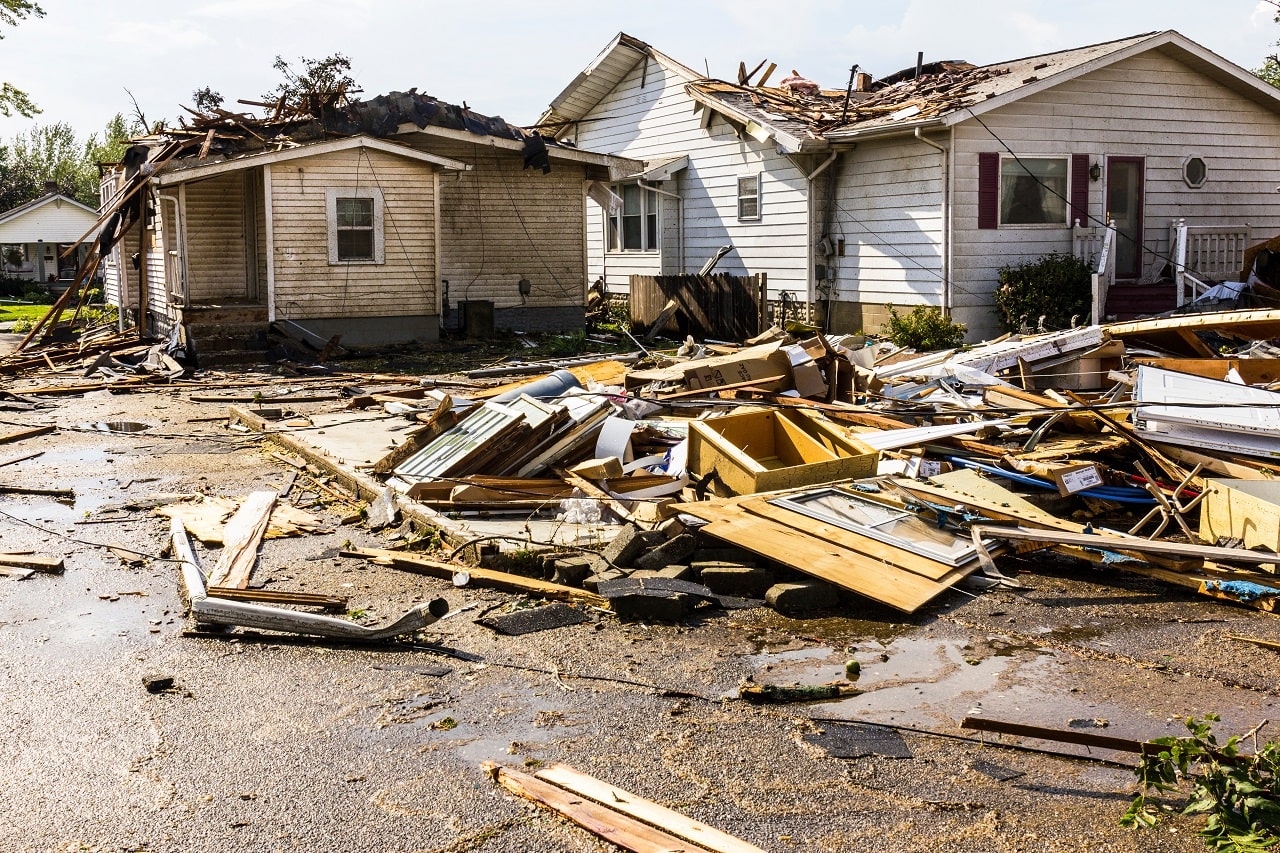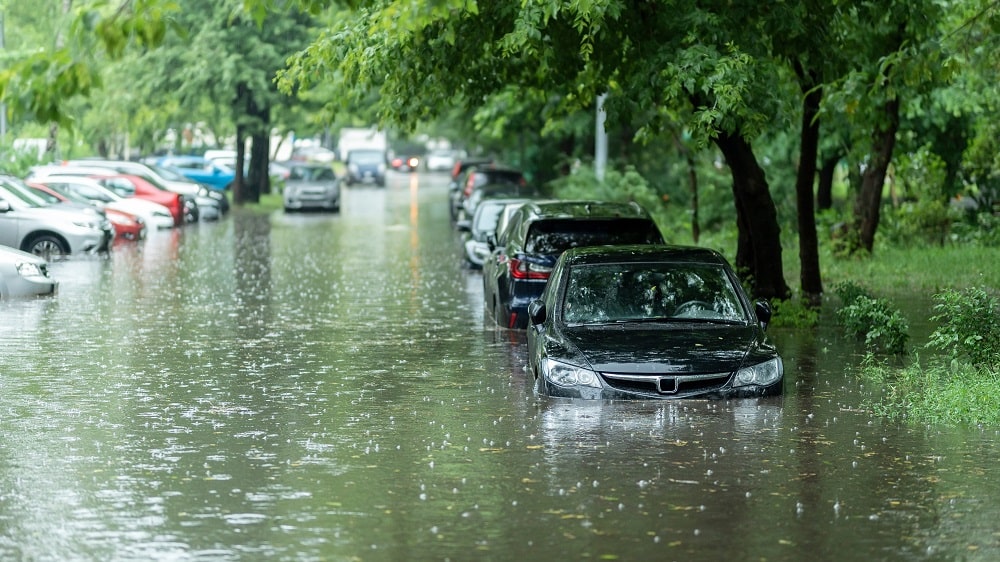How are natural hazards covered?
Natural hazards, increasingly frequent and intense, challenge insurers in risk assessment and claims management. It's crucial to improve predictive models, foster collaboration among authorities, and educate policyholders about these risks. Addressing the causes of climate change and adopting sustainable practices are essential to mitigating negative impacts on the environment, economy, and society.
Natural hazards such as floods, earthquakes, and storms are unpredictable events that can cause significant damage. Insurance policies typically cover these risks, but insurers face challenges like risk assessment, pricing, and claims management.
Context

Natural hazards are events of natural origin that can cause damage to people, property and the environment. They include a variety of phenomena such as storms, hail, snow, floods, earthquakes, landslides, drought, avalanches, volcanic eruptions and marine submersions. The impact of these events can vary considerably in terms of intensity and scope, with human, economic and environmental consequences.
To tackle these challenges, insurers must invest in predictive models, collaborate with authorities, and educate clients on prevention.
- Home insurance: Home insurance policies generally cover damage caused by certain natural hazards, such as storms, floods and earthquakes. Cover varies between insurance companies and regions, so it’s important to check the details of the cover before taking out insurance.
- Car insurance: Comprehensive car insurance or specific cover can cover damage caused by natural hazards such as hail, floods or cyclones.
Technical issues encountered
Insurance companies offer specific guarantees to cover the risks associated with natural hazards. However, there are a number of technical and financial challenges:
- Risk assessment: Insurers must accurately assess the risks associated with natural hazards using historical, geographical and meteorological data. The unpredictable and complex nature of these events makes this assessment difficult.
- Pricing: Insurers must balance the cost of cover with the solvency of the business. Insurance policies must reflect the risks involved while remaining affordable for policyholders.
- Risk accumulation: Natural disasters can affect large areas and many policyholders simultaneously, increasing the risk of accumulation for insurers.
- Claims management: Natural disasters generate a large number of claims at the same time, putting a strain on insurers’ resources and their ability to process claims quickly and efficiently.
- Adapting to climate change: Insurers need to keep pace with the changing risks associated with natural hazards and adapt their insurance products and services accordingly.
To meet these challenges, insurers can invest in research and the development of predictive models, work closely with the authorities and rescue organisations, and raise policyholders’ awareness of risk prevention and mitigation.

Contribution of an insurance specialist
To better understand the management of natural hazards, our expert on this type of risk explains that several measures can be put in place to improve cover for natural hazards.
Insurers will be able to invest more in research and the development of predictive models to improve the assessment of risks linked to natural disasters. By using technologies such as artificial intelligence and machine learning, insurers can better anticipate and quantify risks, resulting in more accurate pricing and better claims management.
Better coordination between insurers, the authorities and rescue organisations would enable more effective claims management in the event of a natural disaster. It is also recommended that common protocols be put in place to facilitate communication and cooperation between the various players, as well as the creation of public-private partnerships to share knowledge and resources.
It is also important to raise awareness and promote prevention among policyholders. Insurance companies can play a key role in disseminating information about the risks associated with natural hazards and the measures to be taken to minimise damage. This can include advice on building construction and maintenance, as well as financial incentives to encourage the adoption of preventive measures.
Covering natural hazards is a major challenge for insurance companies because of the complexity and unpredictability of these events. Nevertheless, by investing in more accurate predictive models, working closely with the authorities and relief agencies, and raising policyholder awareness of the importance of prevention, insurers can contribute to better management of the risks associated with natural disasters. It is also essential for governments and international bodies to work together to tackle the root causes of climate change, which are causing an increase in the frequency and intensity of natural hazards. By taking measures to reduce greenhouse gas emissions and promoting sustainable practices, it is possible to limit the negative impact of these events on our environment, our economy and our society.








